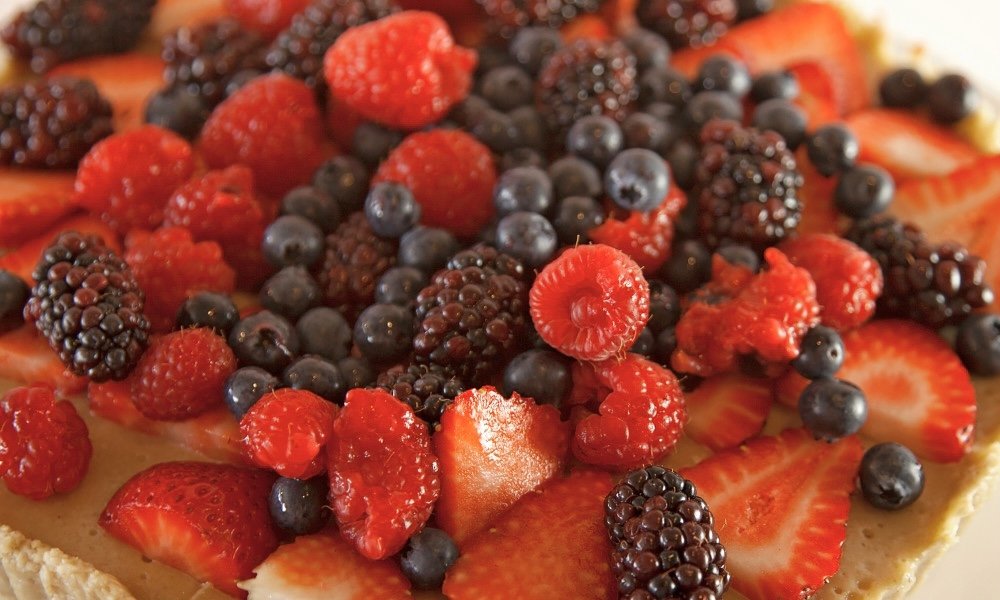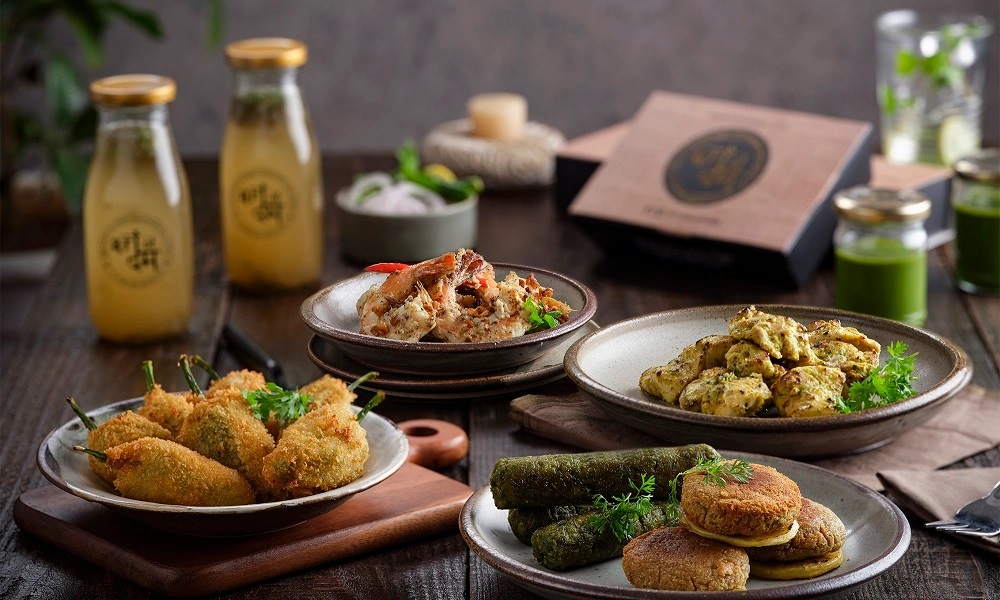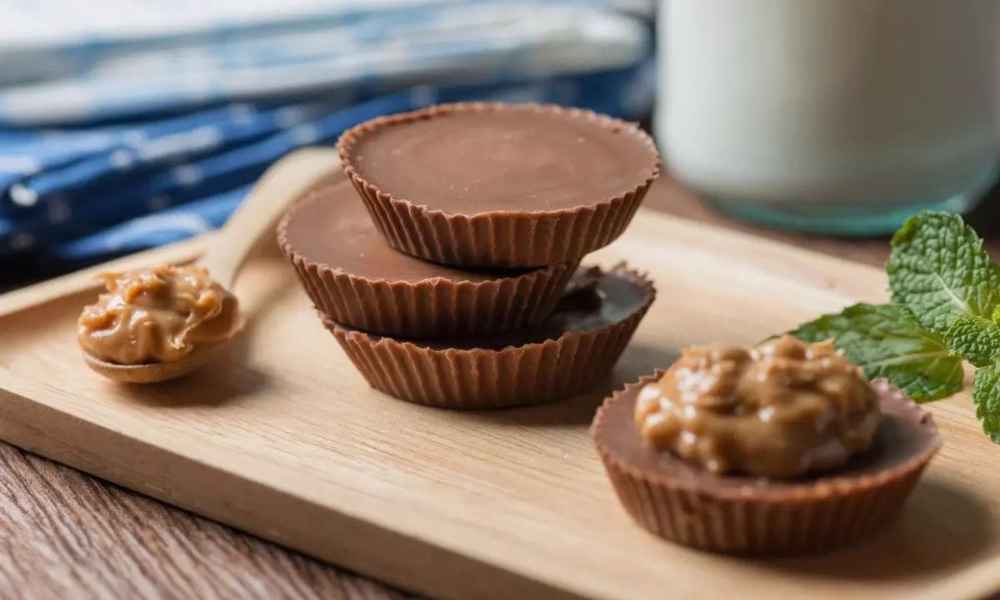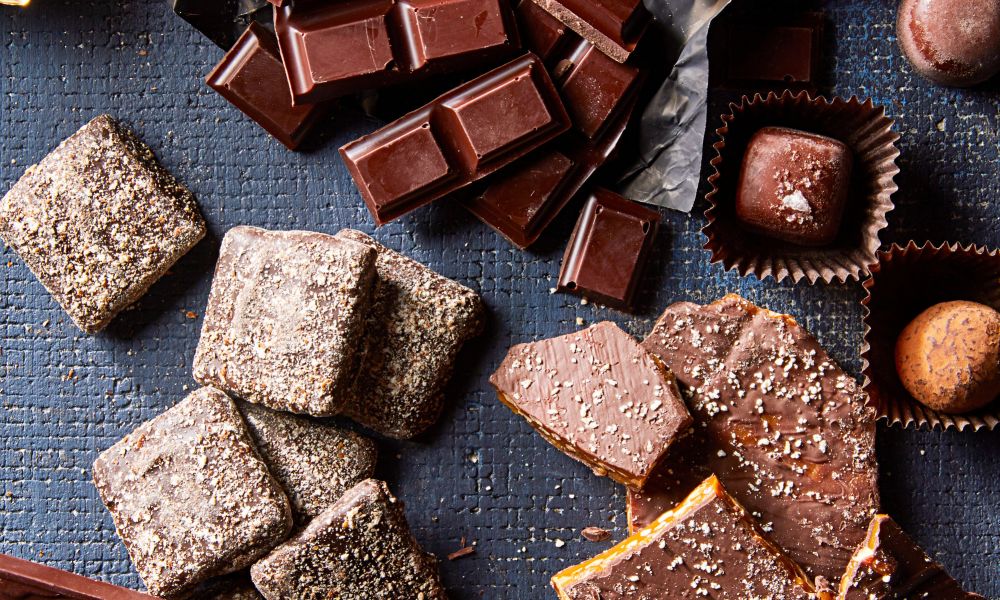Molecular Gastronomy: Creating Whimsical Dessert Experiences
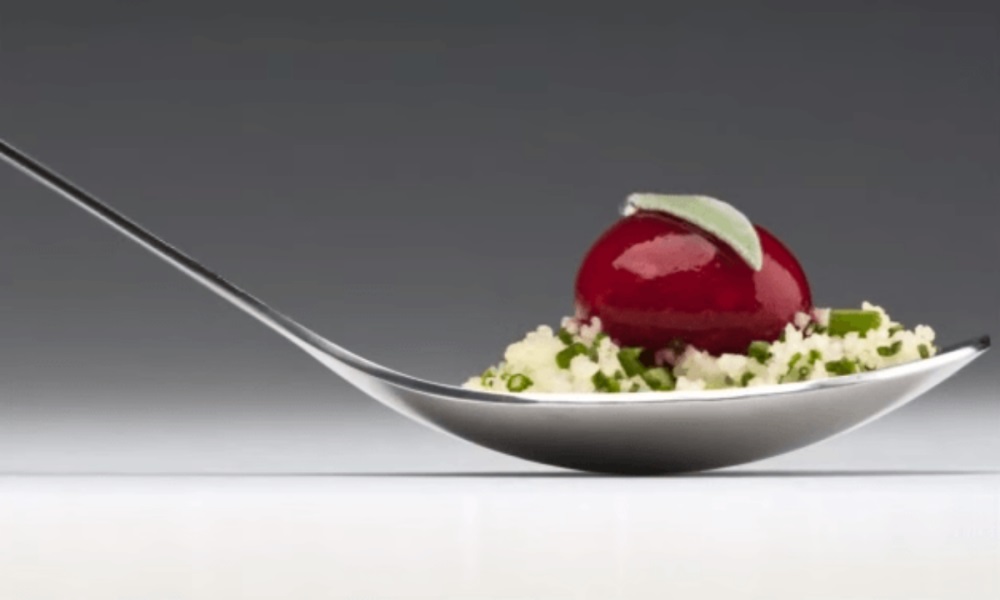
Imagine a world where desserts are not just sweet treats but also works of art, engaging all your senses and taking you on a whimsical culinary journey. This is the essence of molecular gastronomy, a cutting-edge culinary technique that combines science and creativity to transform ordinary ingredients into extraordinary desserts. From edible bubbles to liquid nitrogen ice cream, molecular gastronomy has revolutionized the way we experience desserts.
The Science behind Molecular Gastronomy

Molecular gastronomy involves the study of the physical and chemical processes that occur during cooking. By understanding these processes, chefs can manipulate the textures, flavors, and appearances of food in innovative ways. Through the use of various scientific techniques such as spherification, foams, gels, and emulsions, molecular gastronomy allows chefs to create desserts that defy traditional culinary norms.
Experimental Techniques
One of the most iconic techniques in molecular gastronomy is spherification, which involves turning liquids into spheres resembling caviar or pearls. By combining sodium alginate and calcium chloride, chefs can create a thin gel membrane that encapsulates flavored liquids. These tiny bursts of flavor explode in your mouth, providing a unique and unexpected experience.
Another popular technique is the creation of foams, which add a light and airy texture to desserts. By using a whipping siphon, chefs can aerate ingredients such as fruit purees or chocolate to create flavorful foams that melt in your mouth. These foams can be shaped into various forms, adding an artistic touch to the presentation.
Artistic Presentations
Aside from the scientific techniques, molecular gastronomy also focuses on the presentation of desserts. Chefs often use liquid nitrogen to freeze ingredients instantly, creating a dramatic effect. Liquid nitrogen ice cream, for example, is made by freezing a custard base with liquid nitrogen, resulting in a velvety smooth texture and a cloud of vapor that adds an element of surprise.
Furthermore, desserts can be deconstructed and reconstructed in unique ways. Instead of presenting a traditional cake, chefs may separate its components and arrange them in an artistic manner, allowing diners to experience each element individually. This deconstruction provides a new perspective on familiar flavors and textures.
The Culinary Experience
Molecular gastronomy has transformed dessert into an immersive experience that combines flavors, textures, and visual appeal. Dining at a molecular gastronomy restaurant is not only about indulging in delicious sweets but also about being part of a performance. Chefs often create desserts tableside, showcasing their techniques and engaging diners in the creation process.
The whimsical nature of molecular gastronomy desserts appeals to our sense of wonder and adventure. Each bite is a surprise, as flavors and textures melt, burst, and transform on our palate. It’s a playful and exciting culinary adventure that pushes the boundaries of traditional desserts.
Molecular gastronomy has revolutionized the dessert experience, offering a blend of science and creativity that results in whimsical and extraordinary creations. From spherification to foams, the experimental techniques used in molecular gastronomy have opened up a whole new world of possibilities. The artistic presentations and immersive dining experiences associated with molecular gastronomy make it a truly unique and unforgettable culinary adventure.
